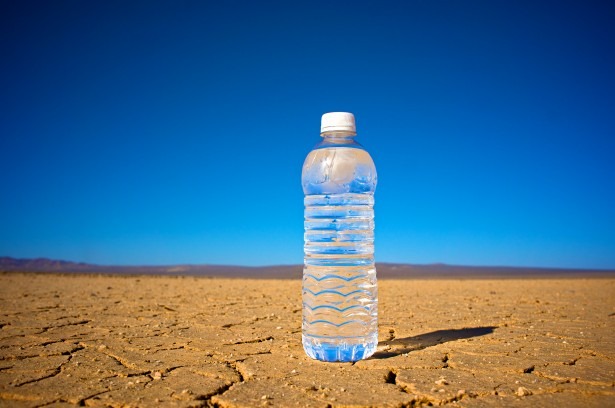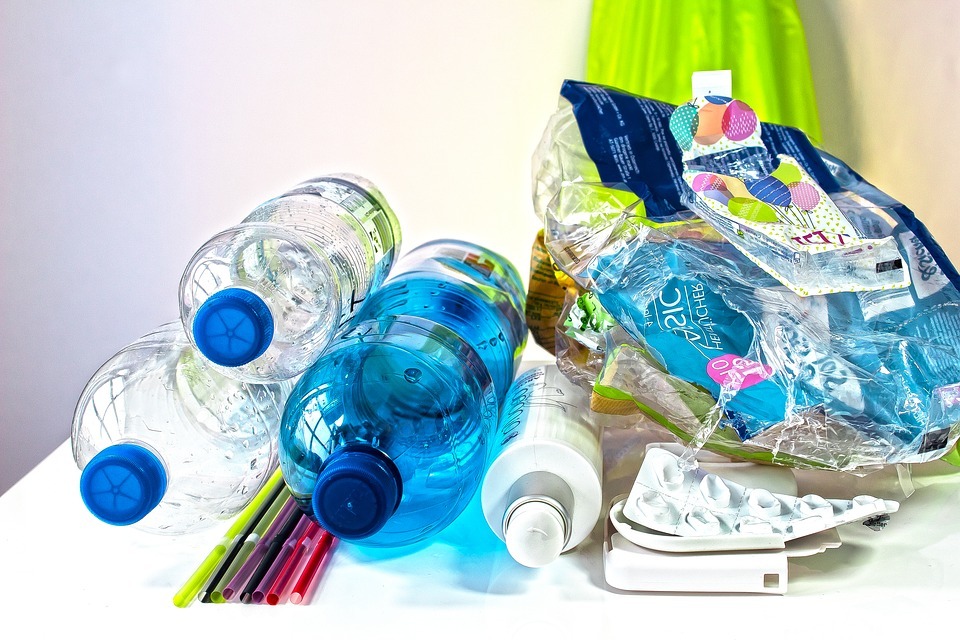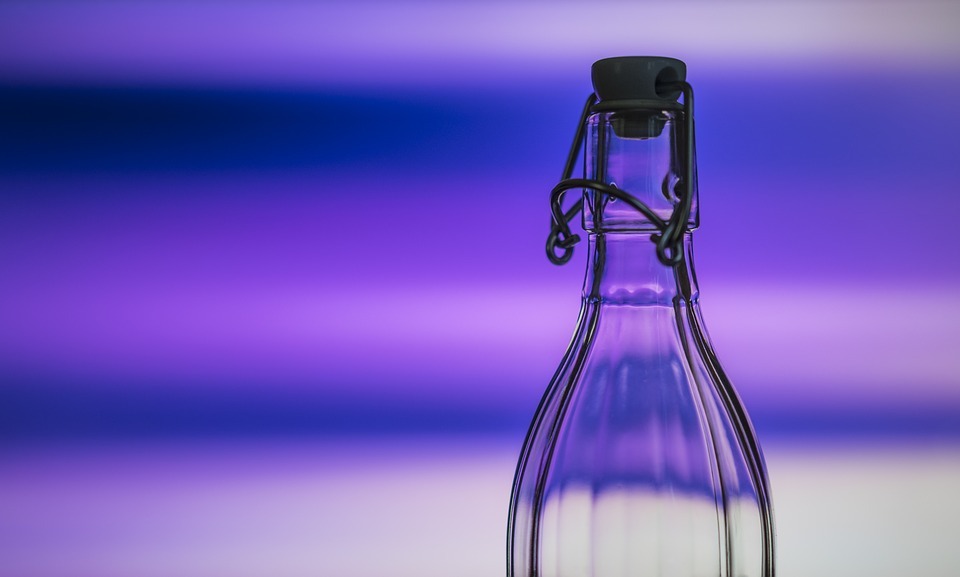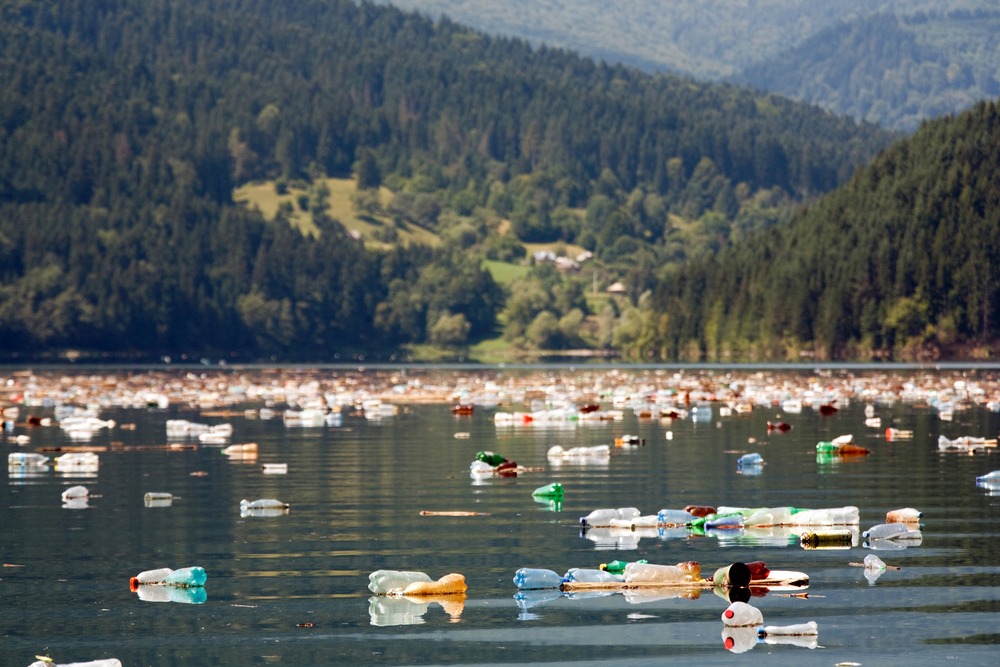The use of plastic bottles grows each year. Companies used most of them for water, others for soft drinks. Scientists predict that in a few years the number of plastic bottles will create an environmental crisis equal to that of climate change. That is because the pollution from plastic bottles affects almost every aspect of the natural environment.
But how can this be true, one could say. We drink a bottle of water and then we throw the empty bottle into the recycle bin, thus helping the environment. Right?
Well, not exactly. Let’s take a look at the facts. Companies make water bottles from Polyethylene Terephthalate (PET). It takes ¼ of a bottle of oil to produce a water bottle. That means that it takes 17 million barrels of oil to make one year’s supply of bottled water.
Just consider that this amount of oil could fuel 1.3 million cars or power 190,000 homes for a year. Moreover, bottling water releases 2.5 million tons of carbon dioxide into the atmosphere every year.

According to The Guardian, annual consumption of plastic bottles is set to top half a trillion by 2021, far outstripping recycling efforts. That means that 20,000 bottles sold each second. The increase is most evident in China, where fears of water pollution and a faster pace of life led to the rise of the amount of bottled water used.
But where do these bottles end up? Less than half of the bottles bought in 2016 were collected for recycling and just 7% of those collected were turned into new bottles. Most of them (more than 60 million bottles) end up in landfills and incinerators every day.
From there they find their way to the sea. It is estimated that plastic waste kills 1.1 million marine creatures annually. According to a research by the Ellen MacArthur Foundation, by 2050 the ocean will contain more plastic by weight than fish.
That negative impact is reinforced by the fact that petrochemical-made bottles take hundreds of years to decompose.
Experts also warn that plastic finds its way to the human food chain. Scientists have found pieces of plastic in fish. European authorities are alarmed and ask for further research, in order to determine how dangerous is that amount of plastic for human health.
What can companies do

Although governments take measures in order to reduce the use of plastic bags, they haven’t done a lot for limiting the use of plastic bottles.
There are, however, some things that we can do. Companies can make plastic drinking bottles out of 100% recycled plastic, known as Rpet.
Campaigners ask big companies to increase the amount of recycled plastic, they use in their bottles. Some claim that brands are hostile to the idea because they want their bottles to look pretty and clear.
Another solution is taking steps similar to the ones used to limit plastic bags: instead of offering plastic, companies opted for reusable bags. We can do the same for plastic bottles. People could use stainless steel bottles or glass bottles that do not contain BPA.
Greenpeace has called big drink companies to increase the amount of reusable plastic they use in their bottles. Some respond that the amount would not be enough to meet demand.
The industry is also negative to a specific tax or charge on the plastic bottle -like the one used on plastic bags- in order to reduce the use of plastic bags. By charging plastic bags, governments were able to reduce their use to more than half.
What can we do

Instead of using plastic bottles, we can opt for a glass or stainless steel bottle. Both are environmentally friendly, they pose almost no health risks and we can use them again and again.
It is, also, vital that we campaign for an increase in the use of recycled plastic. It is not only a matter of protecting the environment but a matter of public health as well.
If we do not limit our plastic footprint then we can not hope to control environmental pollution. That would open the way to a new relationship -based on respect- with our planet.









